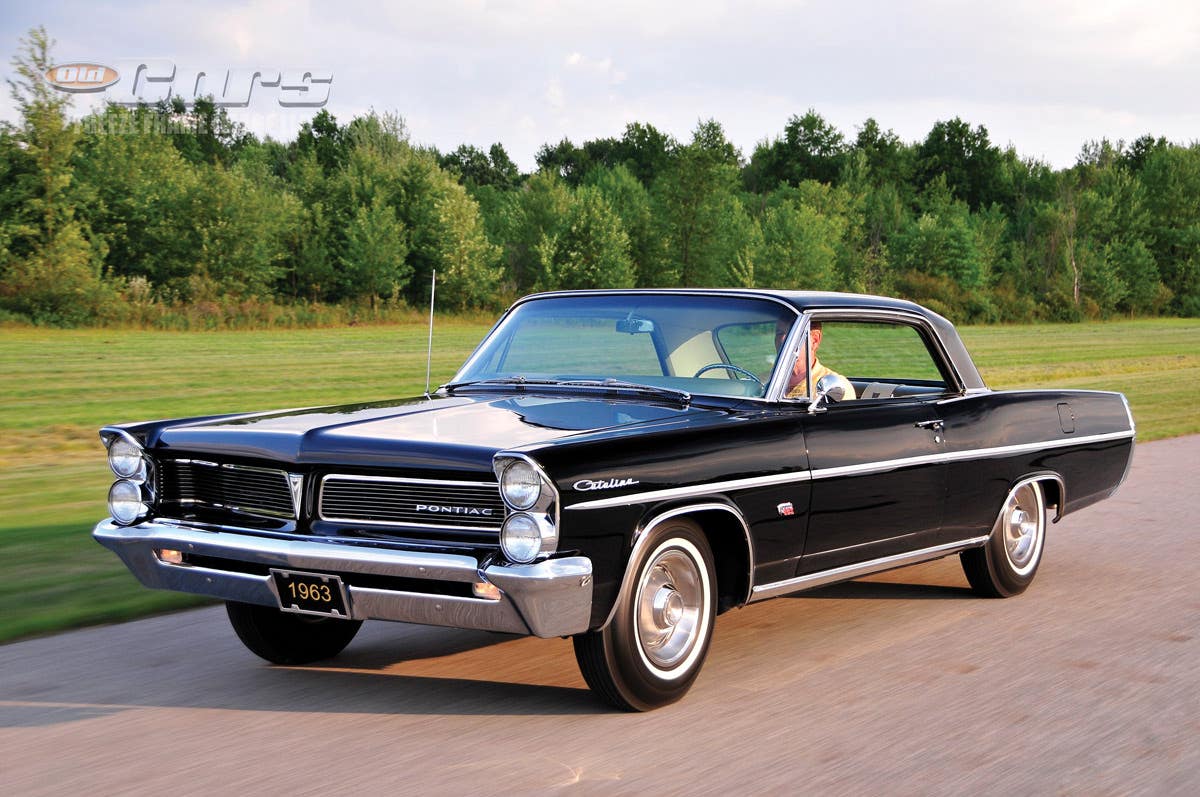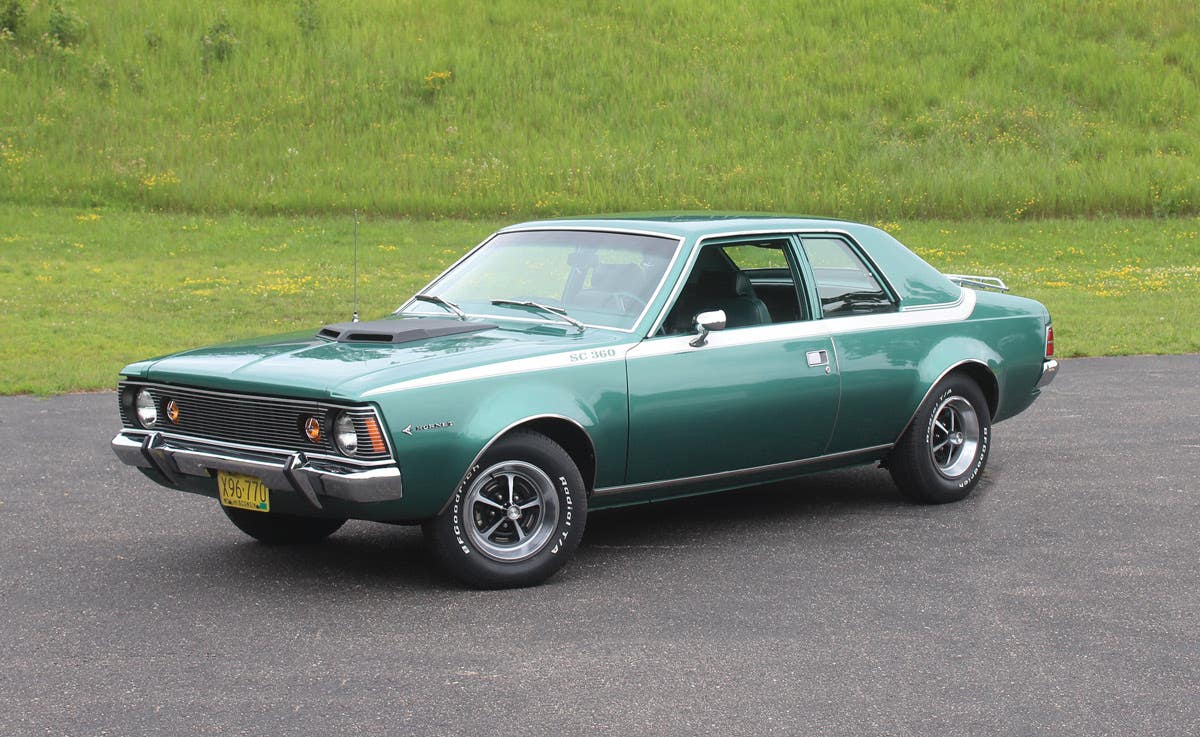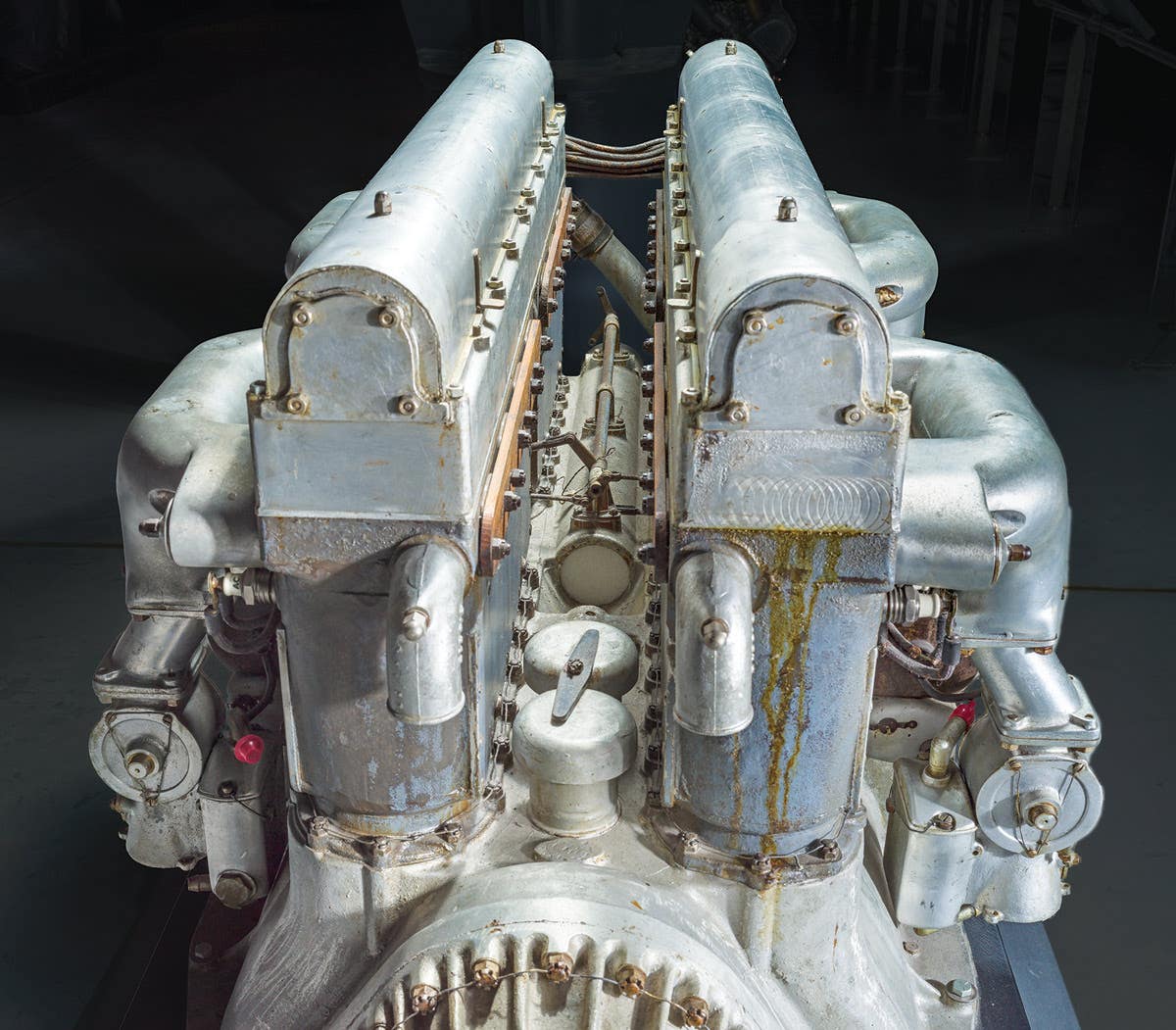Q&A with Kit Foster: July 19, 2012
Q. I have a 1953 Plymouth Cranbrook that I have owned for many years. It has a flathead six with the Hy-Drive transmission. It has a safety clutch and can…
Q. I have a 1953 Plymouth Cranbrook that I have owned for many years. It has a flathead six with the Hy-Drive transmission. It has a safety clutch and can be driven like any three-speed “on the tree,” or you can leave it in any gear and just step on the brake to stop and then take off in that gear: first, second or third. The torque converter uses motor oil from the engine, and it takes 12 quarts per oil change. What years was Hy-Drive offered and how many were made? I’ve never seen or heard of another. Didn’t Dodge make a Fluid Drive in the same era? Was it the same as Hy-Drive?
Mike Black, Sully, Iowa
A. Hy-Drive is one of the least remembered and most misunderstood of all the Chrysler Corp. Fluid Drive variants. The original Fluid Drive was just that: a fluid coupling between the engine and transmission, in conjunction with a conventional clutch, called “Safety Clutch” by Chrysler, and three-speed manual transmission. It was very much like the fluid flywheel pioneered by Daimler in Britain in the early 1930s, except that Daimler used a pre-selector gearbox.
Fluid Drive was introduced on Chrysler’s 1939 Imperial, then extended to all Chryslers in 1940 and De Soto and Dodge for 1941. That year, also, Fluid Drive was paired with a semi-automatic transmission, called Vacamatic at Chrysler and Simplimatic on De Sotos. The semi-automatic was not available on Dodges until 1949. After World War II, the vacuum-operated semi-automatic was replaced by a hydraulic and later electro-hydraulic shifter, Prestomatic for Chrysler and Tip-Toe Shift at De Soto. Dodge finally received its own semi-automatic, Gyro-Matic, in 1949. From 1951, a torque converter was available in place of the fluid coupling, called Fluid-Torque or Gyro-Torque, depending on the make.
By now you’ve noticed that I haven’t mentioned Plymouth. Fluid Drive was never offered on Plymouth, probably because it was an inexpensive car whose customers were least likely to spend money to avoid shifting. When none of the “Low-Priced Three” had an automatic, it didn’t matter. Once Chevrolet announced Powerglide in 1950 and Ford the Fordomatic in ’51, Plymouth was at a disadvantage.
So for 1953, a torque converter was added to the conventional three-speed and Plymouth received Hy-Drive. As you say, driving was simple. You just stuffed the transmission into high (remembering to use the clutch) and drove away. It was smooth, versatile and fast (well, faster than plain Fluid Drive). It offered good engine braking, which some fully automatics didn’t, and there was enough creep in the torque converter to hold on hills. At $146, it was cheaper than Powerglide or Fordomatic, less expensive, even, than Fluid Torque. According to Jim Benjaminson’s excellent history “Plymouth 1946-1959” (Motorbooks, 1994), by the end of the 1953 model year, about a quarter of Plymouth production had been delivered with Hy-Drive.
There was more to Hy-Drive than a simple torque converter. It was a hefty converter, 2.6 to 1 multiplication, highest in the industry. A beefier transmission was used, and a different engine block. From mid-1952, Chrysler torque converters had taken their oil from the engine, and Hy-Drive followed suit. Because of the additional torque converter housing, ahead of the clutch, a new floor pan was needed, so interchangeability with standard three-speed cars was nil. Like the other shiftless cars, a shift quadrant was essential for marketing purposes, even if it didn’t do anything, so Plymouth employed one – with no markings except neutral.
Hy-Drive continued into 1954, and was fitted to such prestige cars as the Ghia-built Explorer. By April, though, Powerflite, the clutch-less, self-shifting automatic, became available across the Chrysler lines, and Hy-Drive hit the low road. To answer your final question, Hy-Drive differed from Dodge’s Fluid Drive only in its engine oil-supplied torque converter.
To submit questions to this column: E-mail angelo.vanbogart@fwmedia.com or mail to: Q&A, c/o Angelo Van Bogart, 700 E. State St., Iola, WI 54990-0001.
Got Old Cars?
If you don't subscribe to Old Cars Weekly magazine, you're missing out on the only weekly magazine in the car hobby. And we'll deliver 54 issues a year right to your mailbox every week for less than the price of a oil change! Click here to see what you're missing with Old Cars Weekly!
More Resources for Car Collectors:
- Classic car price guides, research, books, back issues of Old Cars Weekly & more
- Get expert restoration advice for your classic car
- Get car pricing, data and history all in one place
- Sign up for Old Cars Weekly's FREE email newsletter
- Need to buy or sell your classic car? Looking for parts or memorabilia? Search our huge online classified marketplace








